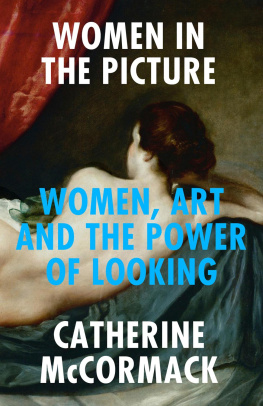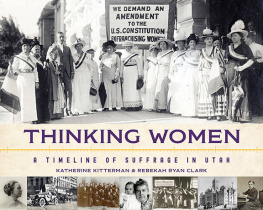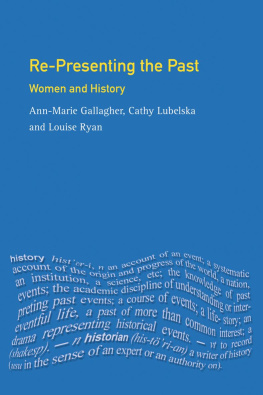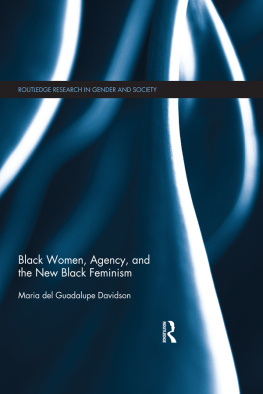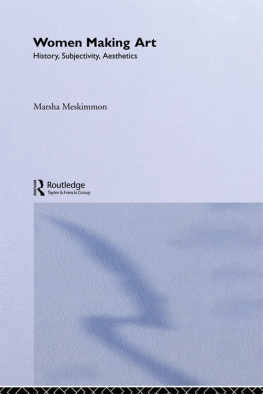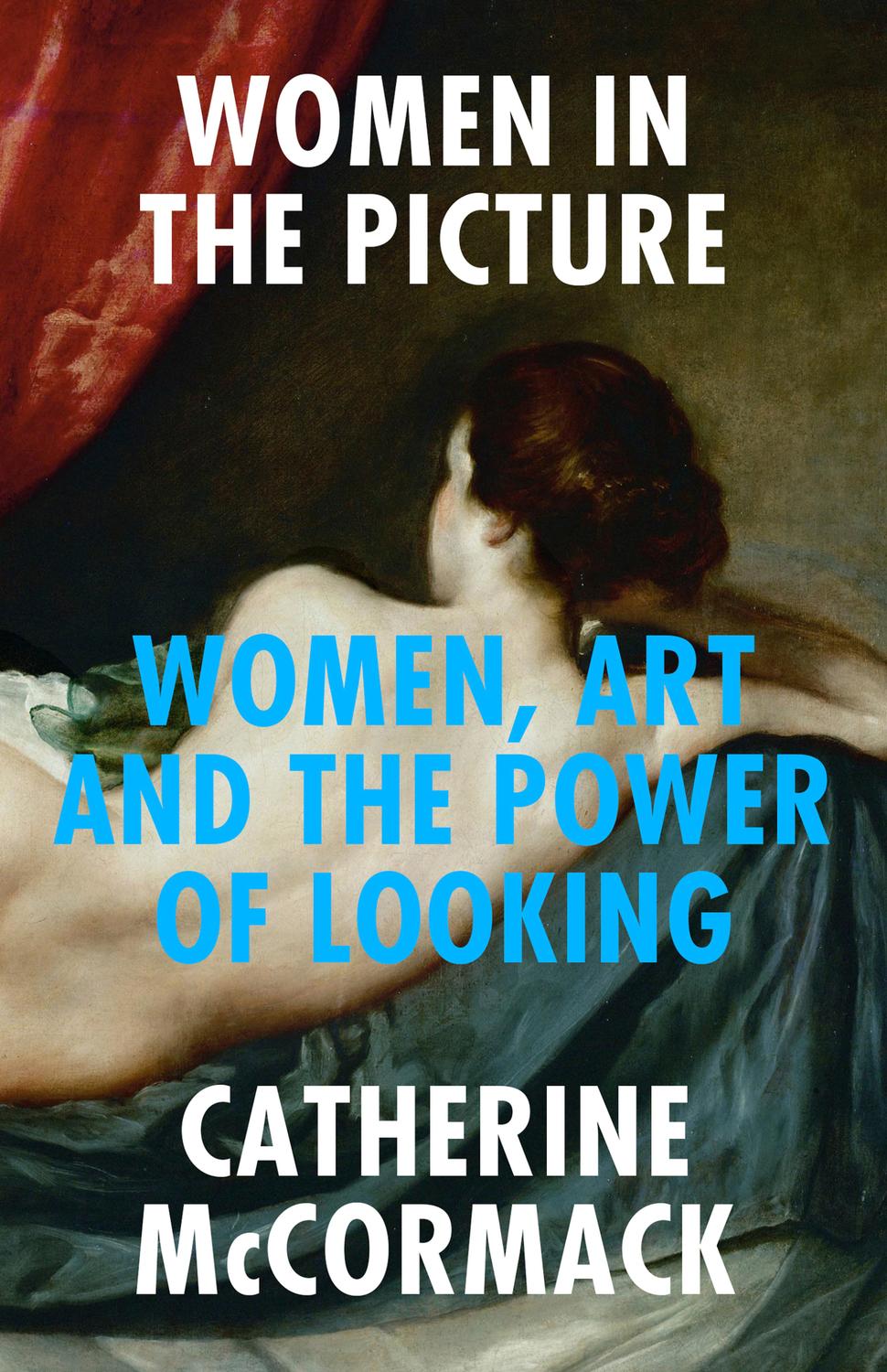A t first glance, there was nothing unusual to see. A story was unfolding across three panels in an art gallery. At its centre stood a long-haired woman surrounded by a lot of men in tights and a menagerie of animals. In the painting, men talk a lot. Big dogs bark at smaller ones, their fur fraying and their eyes bewildered. In one panel, a small, depressed-looking bear is delicately chained to the decorative architecture. In a few instances, the same long-haired woman appears stripped naked, and even the dogs in the image look at her with pity, their ears down, feeling the heat of her shame.
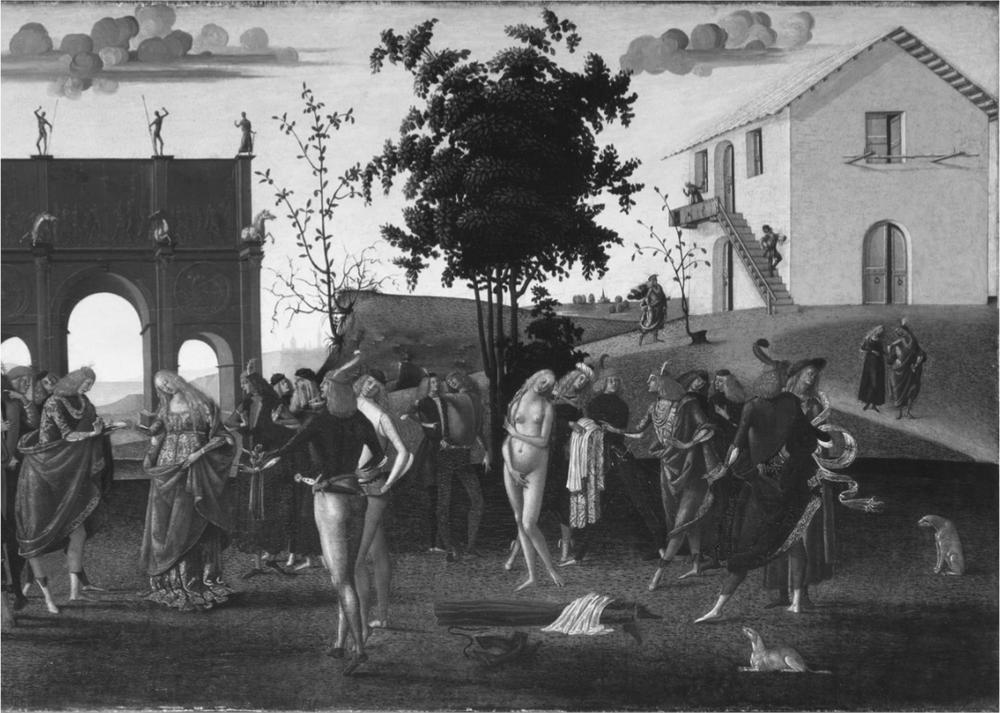
Master of The Story of Griselda, detail from The Story of Griselda, Part 1: Marriage, about 1494. The National Gallery, London
I was in the Sainsbury Wing of Londons National Gallery, bouncing my fractious baby on my hip, trying to keep engaged with my work as an art historian and educator after the birth of my second child and keen to view the gallerys rehang of its Renaissance collection. I wanted to see which works had come out of their dark and silent storage like time-travellers to the present. After all, museums collections are not static: they get rearranged and reconfigured, making pictures from the past speak to one another, and to the public who owns them, in endless ways.
And this story of the long-haired woman definitely had something to say. For, while I was looking more closely at the panels, a man appeared at my shoulder. I wouldnt look too deeply into the symbolism in this one, he said with a note of warning. The message it promotes isnt fashionable at the moment.
His manner was both avuncular and imperious. Oh? I replied with a nervous laugh, taken by surprise by the unsolicited commentary delivered so close in my ear and so close to my body. But this symbolism is exactly what I am interested in, you see. Im an art history lecturer and Im preparing for a course Im teaching on feminist art history and the depiction of women in paintings.
But the man in the gallery didnt listen to me. He just saw a woman with a baby, a woman who was not too young to be unapproachable, but young enough that he expected me to listen to him when he wanted to talk. He saw me as a mother, and perhaps not so much as a mind. I wanted to be rid of him, but I also wanted to look at the painting and didnt have much time. So I stayed in that room, with this man who needed me to know that he knew this troublesome story, narrated in a painting that had at one time hung in a home in Italy in the late fifteenth century. The story goes like this.
An Italian marquis known as Gualtieri was reluctant to marry, but knowing he needed an heir, he set out to find a wife. He found a peasant girl called Griselda, who was well known for her virtuousness and obedience. Still, Gualtieri needed to be sure that this peasant girl was going to always do exactly as he asked, so he put her through a series of cruel tests to prove her constancy (sometimes known in medieval literature as the wife-testing plot). First, he stripped her naked in public, ostensibly to reinvent her in the clothes of her new noble life, but conveniently exposing her body to humiliation and the mercy and desire of his and the public gaze. Graciously accepting this indignity, she had passed the first test. After their marriage and the birth of their first child, he ordered that their newborn daughter be killed without explanation. The child was taken away, and Griselda was forbidden to ask any questions. When Griselda bore a son, he too was taken from her and killed on his fathers orders. But Gualtieri had secretly ferried his children to other families. Then, he dissolved the marriage. He dismissed Griselda from their home, stripping her once more of her clothes and her claims to any status. Many years later he invited her back as a servant, and gave her the task of preparing a banquet for his new wife. Ever tacit and compliant, Griselda agreed. But the new marriage was revealed to be a trick and the bride was revealed to be the long-lost daughter. Griselda was rewarded for her constancy and compliance, and was finally granted her role as wife and mother in a noble family.
With tired patience, I listened to this tedious mansplaining of a story of unmitigated misogyny, smiling to myself, thinking how funny and ironic this was going to be as an anecdote to share with my students, who would inevitably all be women. And how we would all laugh about the crude and ridiculous posturing of men inside and outside of pictures. But I also knew that really it wasnt funny at all, and that the laughter, camaraderie and camp indignation we would treat it with, tutting with the exasperated retort of MEN!, was really a way of not despairing, because this sort of thing happened so often that it felt like the inevitable order of things. The paintings message was also inevitable for any fifteenth-century bride. The husband was master, to be obeyed at all costs. Abuse was to be endured, marriage and motherhood the ultimate prize. In the final panels scene, Griselda is embraced and kissed by Gualtieri, but she has the lobotomised glassy stare of an obedient automaton stunned into submission, like a Renaissance Stepford wife.
The three panels that make up the Story of Griselda are among the National Gallerys collection of over 2,300 paintings. Among these are some of the worlds favourites Van Goghs sunflowers wilting in a vase, Seurats proletarian swimmers at Asnires, Leonardo da Vincis Virgin of the Rocks. Over the past twenty years I have been inspired and delighted by the details of so many works in the collection: the reflection of the clouds in the stream in Piero della Francescas Baptism of Christ; the detumescent Mars in Botticellis joke about men rolling over after sex in his panel painting of Venus and Mars; the bristlingly red room of Degas La Coiffure; the silhouettes of the birds seen from the window of Antonello da Messinas impossibly detailed study of Saint Jerome. But there are also the things I can no longer reckon with: things that I see, which cannot be unseen. Irritated by my encounter in front of The Story of Griselda, I turned the corner and found a woman on the ground with her throat pierced, oozing blood from her jugular and with a deep gash on her forearm; her wrists already hooked with rigor mortis; her high round breasts and gently curving stomach egregiously exposed. The only witnesses were a satyr and a mastiff, both looking on vacantly at the dying woman, the dispassionate limpid blue of the horizon flatlining any of the scenes horror.
Piero di Cosimos undated painting is given the loose title A Satyr Mourning over a Nymph, but the narrative draws on the mythological story of Procris, who was suspicious of her husband Cephalus and spied on him by hiding in bushes in the forest where he hunted. When he called to his beloved Aura to come into his lap and give relief to his heat, Procris stirred, creating a rustling in the bushes, and Cephalus shot her thinking she was a wild beast. It is a cautionary tale about the fatal consequences of wives spying on husbands.
On my way to the exit I passed by the malignant biblical story of Susanna and the Elders, the comely young woman spied on while bathing by two lascivious old men who say theyll denounce her as an adulteress unless she sleeps with them. I walked past the figure of the mythological nymph Leda, curled into a conch-like shape as she is violated by the god Zeus who has taken the form of a swan. I glanced again with a shudder at a portrait of a woman posing as Lucretia, the Roman noblewoman from Livys histories who killed herself with a dagger to her breast to atone for the shame brought on her family after she was raped.

